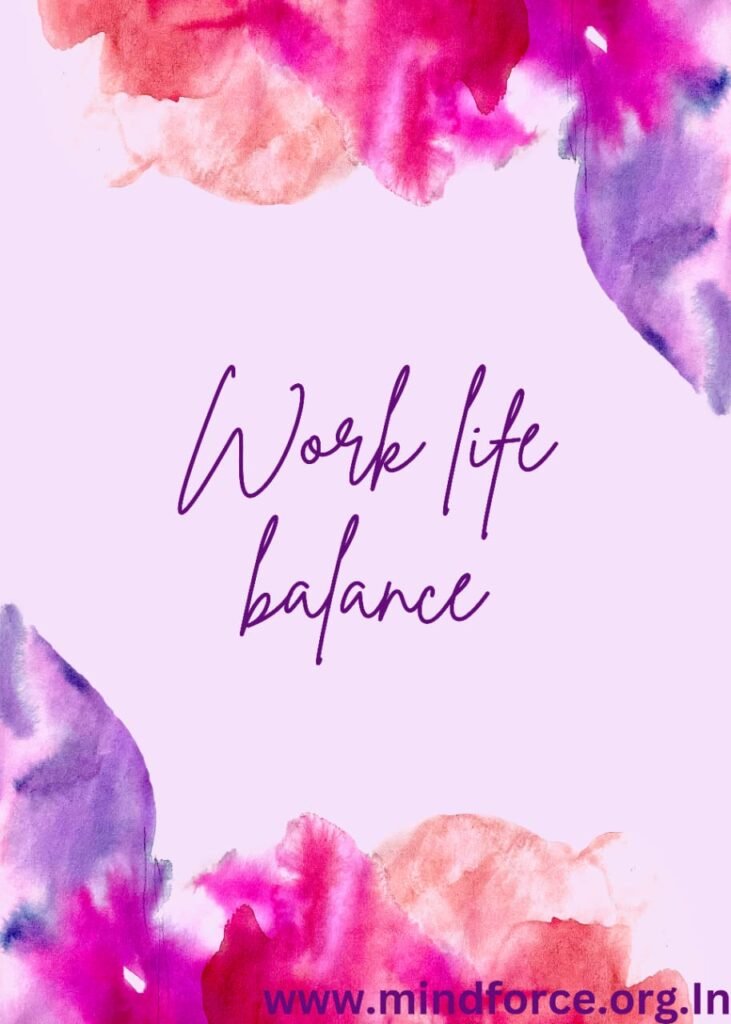
How to Improve Work Life Balance: 3 Simple Steps
Work life balance is the harmony between your personal and professional life. It means having enough time and energy to do the things that matter to you, whether it is spending time with your family, pursuing your hobbies, or taking care of your health. Having a good work life balance can improve your well-being, productivity, and happiness.
However, achieving work life balance can be challenging, especially in today’s fast-paced and competitive world. You may feel overwhelmed by your workload, pressured by your boss, or distracted by your personal issues. You may struggle to find the right balance between your work and your life.
Fortunately, there are some simple steps that you can take to improve your work life balance. Here are three of them:
1. Pause and pay attention
The first step to improve your work life balance is to pause and pay attention to your current situation. How do you feel about your work and your life? Are you satisfied or stressed? Are you enjoying or enduring? Are you living or surviving?
To answer these questions, you need to be mindful of your thoughts, emotions, and actions. You can practice mindfulness by doing some breathing exercises, meditation, or journaling. You can also use some tools or apps to track your time, mood, and energy levels.
By pausing and paying attention, you can gain more awareness of your strengths and weaknesses, your needs and wants, your goals and values. You can also identify the sources of your stress and happiness, and the areas of your work and life that need improvement.
2. Reprioritize and reassess
The second step to improve your work life balance is to reprioritize and reassess your work and life. Based on your awareness, you can decide what is important and what is not, what is urgent and what is not, what is worth your time and what is not.
To do this, you can use some methods or frameworks to help you organize and prioritize your tasks, such as the Eisenhower matrix, the Pareto principle, or the SMART goals. You can also use some tools or apps to help you plan and schedule your work and life, such as calendars, reminders, or to-do lists.
By reprioritizing and reassessing, you can focus on the things that matter most to you, and eliminate or delegate the things that don’t. You can also set realistic and achievable goals, and create a clear and flexible plan to achieve them.
3. Reflect, refine, repeat
The third step to improve your work life balance is to reflect, refine, and repeat. This means that you need to constantly monitor and evaluate your progress, and make adjustments as needed. You also need to celebrate your achievements, and learn from your mistakes.
To do this, you can use some tools or apps to help you measure and track your performance, such as feedback, surveys, or analytics. You can also use some tools or apps to help you reward and motivate yourself, such as gamification, badges, or points.
By reflecting, refining, and repeating, you can continuously improve your work life balance, and make it a habit. You can also enjoy the journey, and not just the destination.
Conclusion
Work life balance is not a one-size-fits-all concept. It is different for everyone, and it can change over time. Therefore, you need to find your own definition of work life balance, and follow your own steps to achieve it.
However, these three steps can serve as a general guide to help you improve your work life balance. By pausing and paying attention, reprioritizing and reassessing, and reflecting, refining, and repeating, you can create a more harmonious and fulfilling work and life.